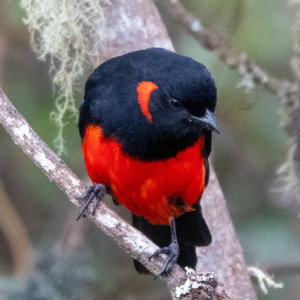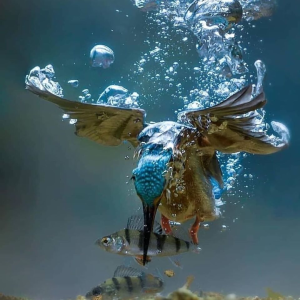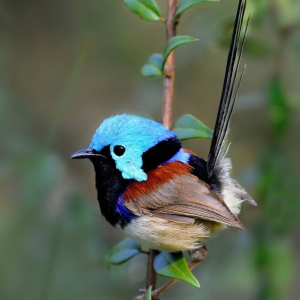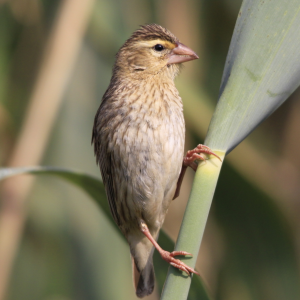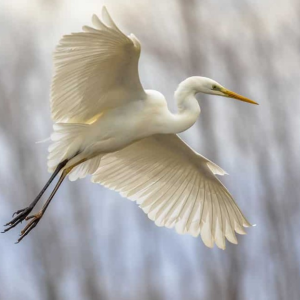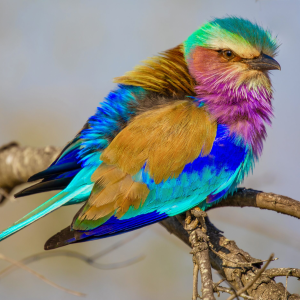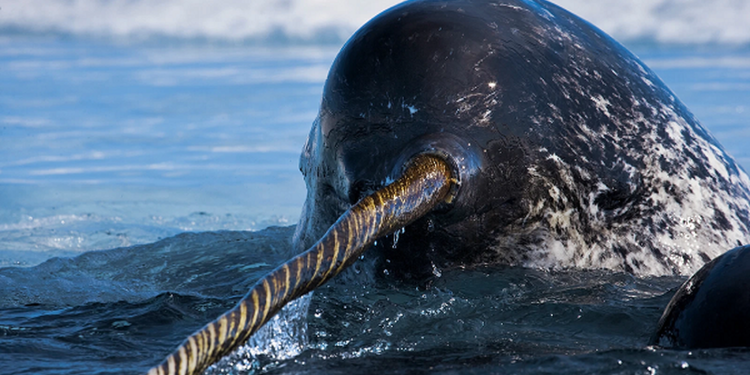
The English name of the narwhal is narwhal or narwhale, and the scientific name is Monodon monoceros. This medium-sized whale is famous for its unique feature of having a long spiraling horn-like tooth in front of its head, often reminiscent of mythical unicorns.
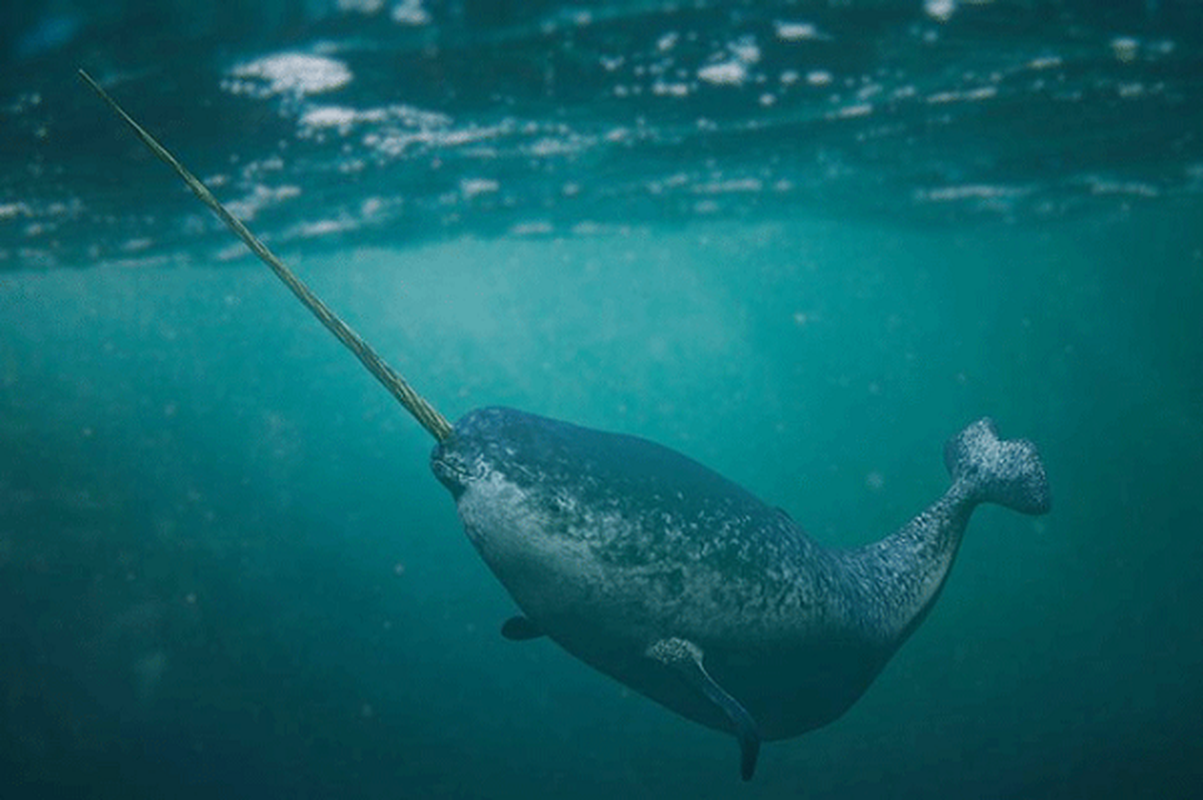
The part that resembles a narwhal’s horn is actually a specialized tooth. It is a spirally developed canine and elongated protrusion, similar to ivory.
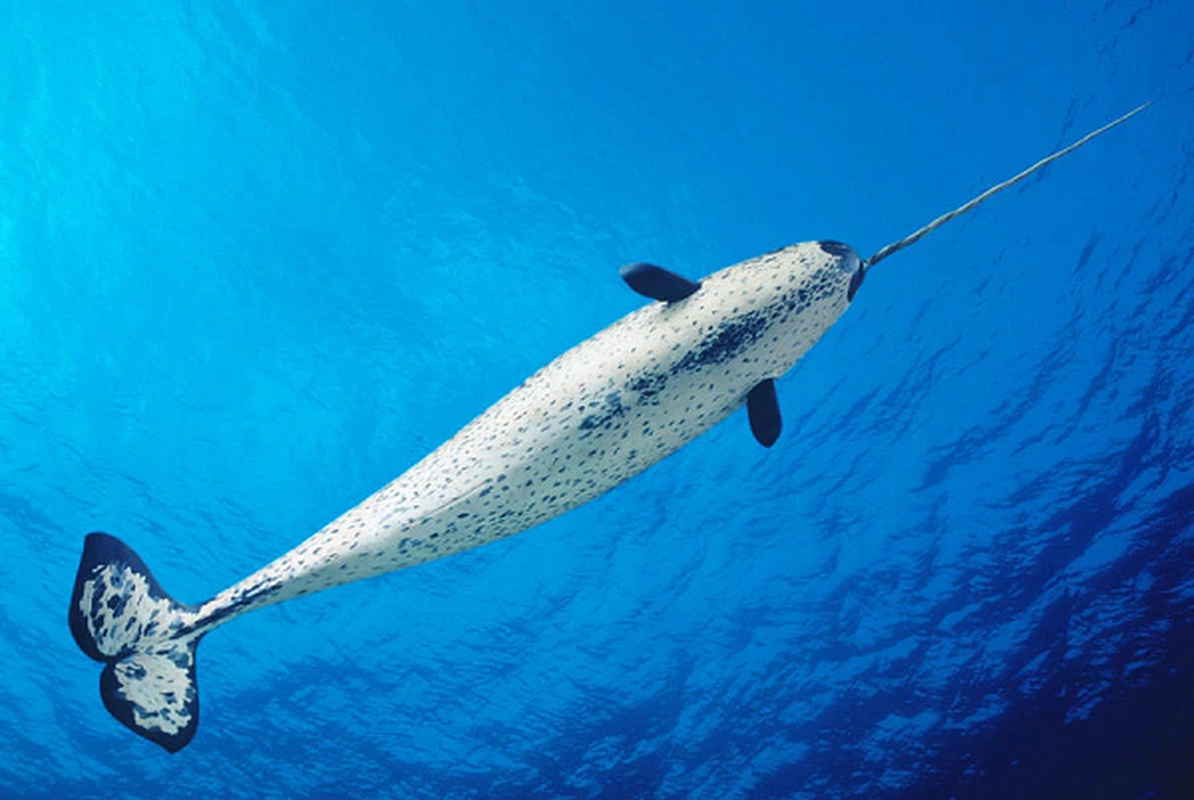
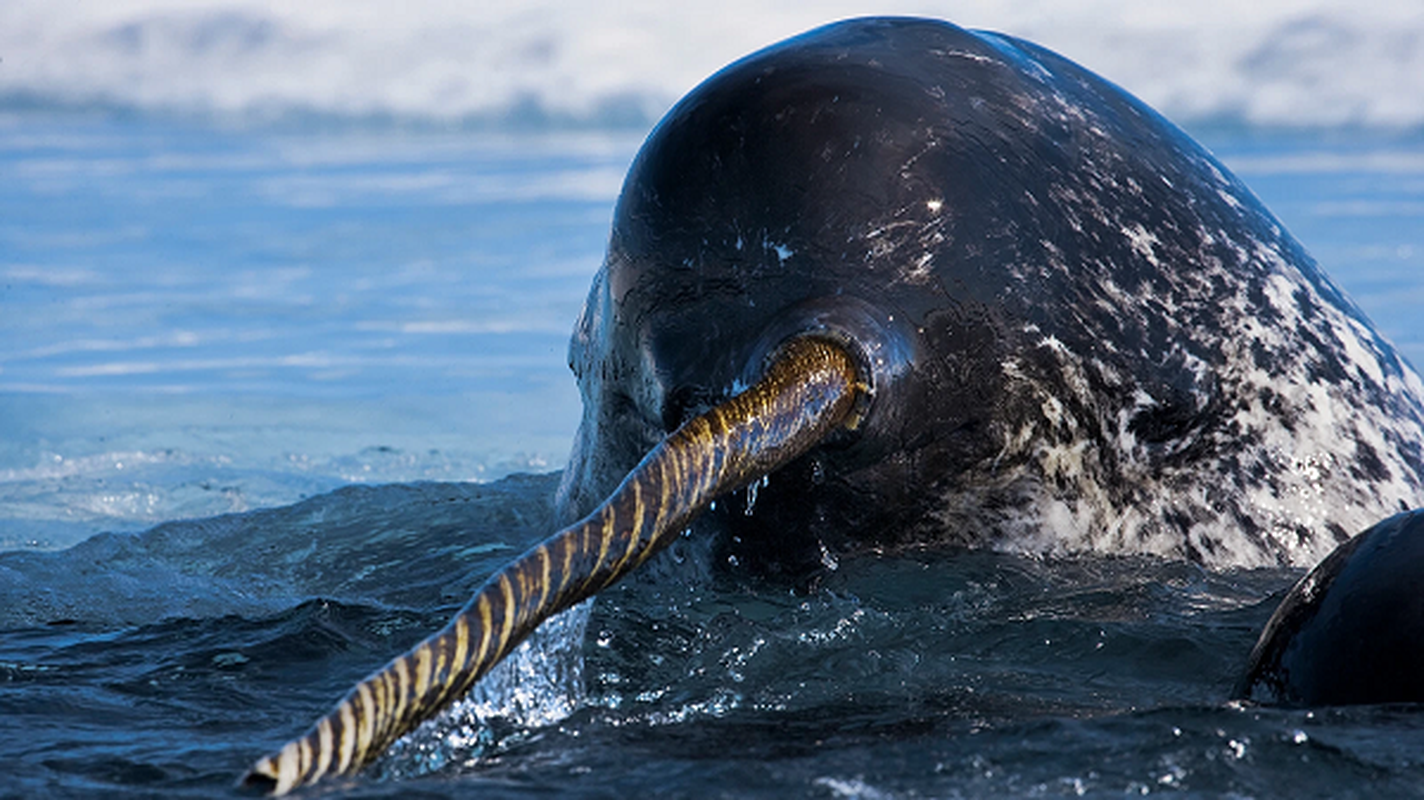
A male narwhal has only one tusk that elongates. The tusk grows throughout the life of the narwhal and can reach a length of 1.5 to 3.1 meters with a weight of about 10 kg.

Most male narwhals have left tusks, with only about 1 in 500 males developing right tusks. Meanwhile, only 15% of female narwhals have tusks.
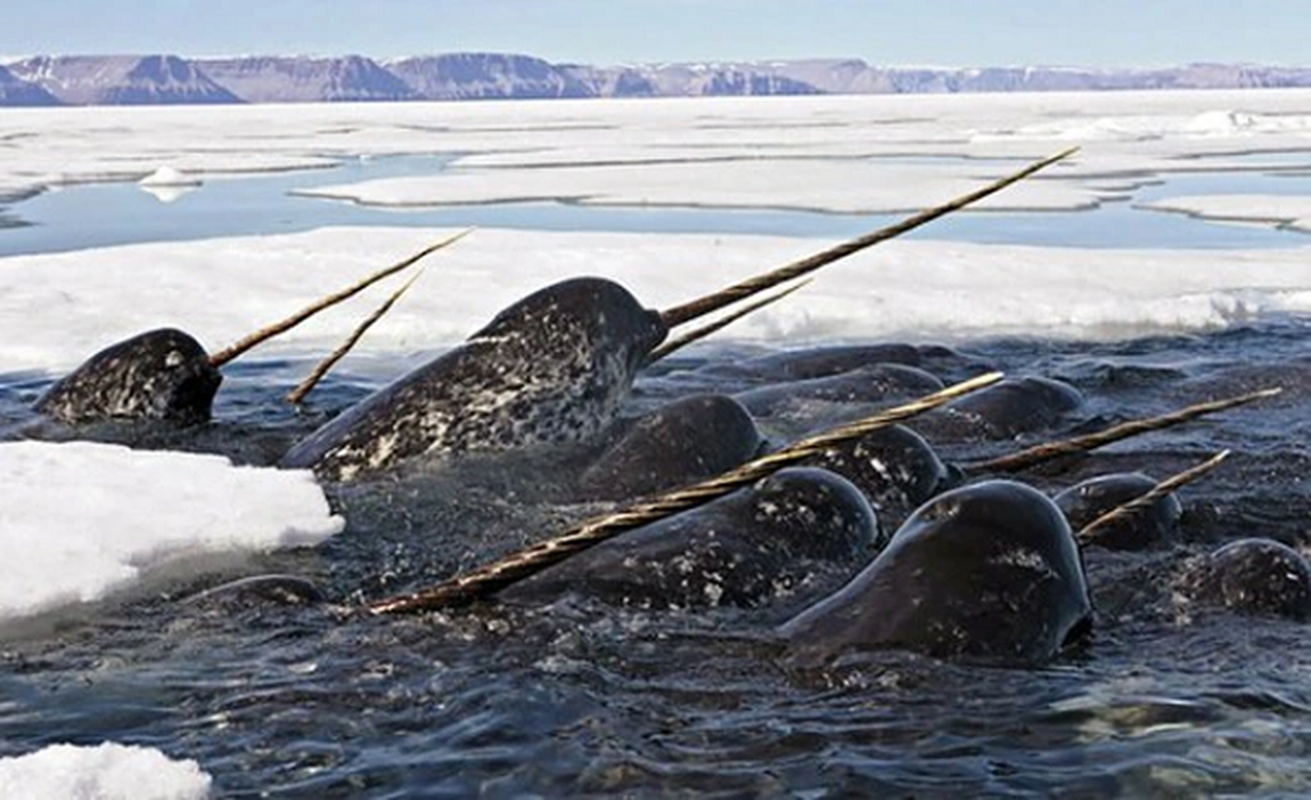
The tusks of females are smaller and not spiral-shaped. Only one previously documented case of a female narwhal having two tusks has been observed. The narwhal’s tusk does not play a significant role in their daily life.
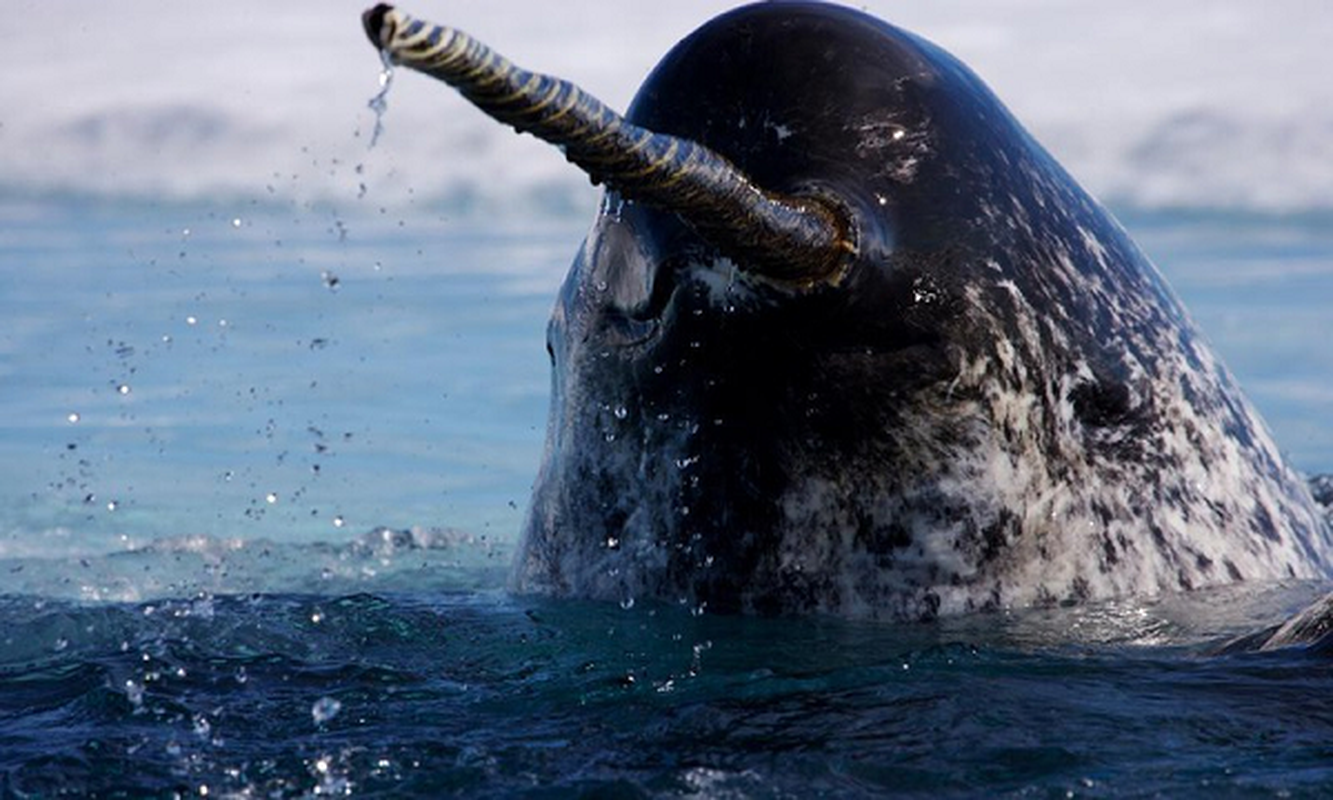
Females without long tusks still live as long as males. Many theories have been proposed regarding the uses of the tusk, such as breaking ice, sensing temperature, navigating, or hunting. However, these theories have not been conclusively proven.
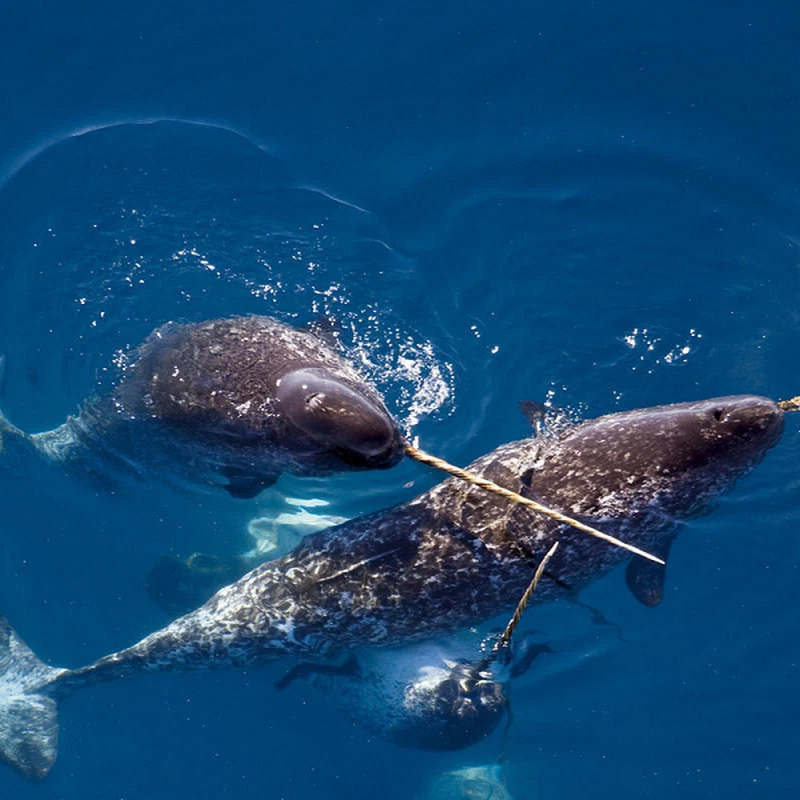
In the Middle Ages, it was believed that cutting the horns of a narwhal and grinding them into a powder could cure all diseases. Additionally, the narwhal’s horn has been used in various works of art. In the 1600s, the Danish king’s throne was even adorned with narwhal teeth.
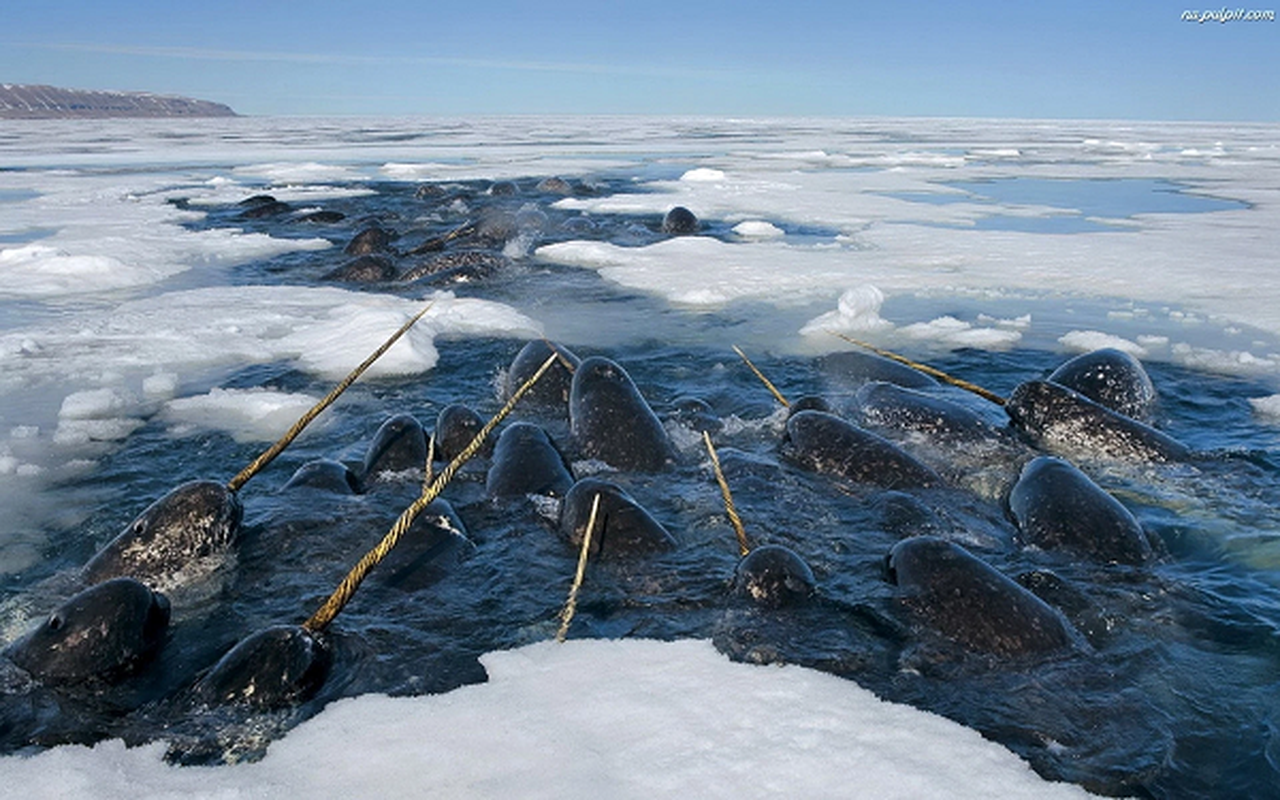
Today, their beauty and rarity still attract the attention of the super-rich. The price of narwhal tusks is estimated to range from $4,000 to $15,700, often compared to the value of gold.
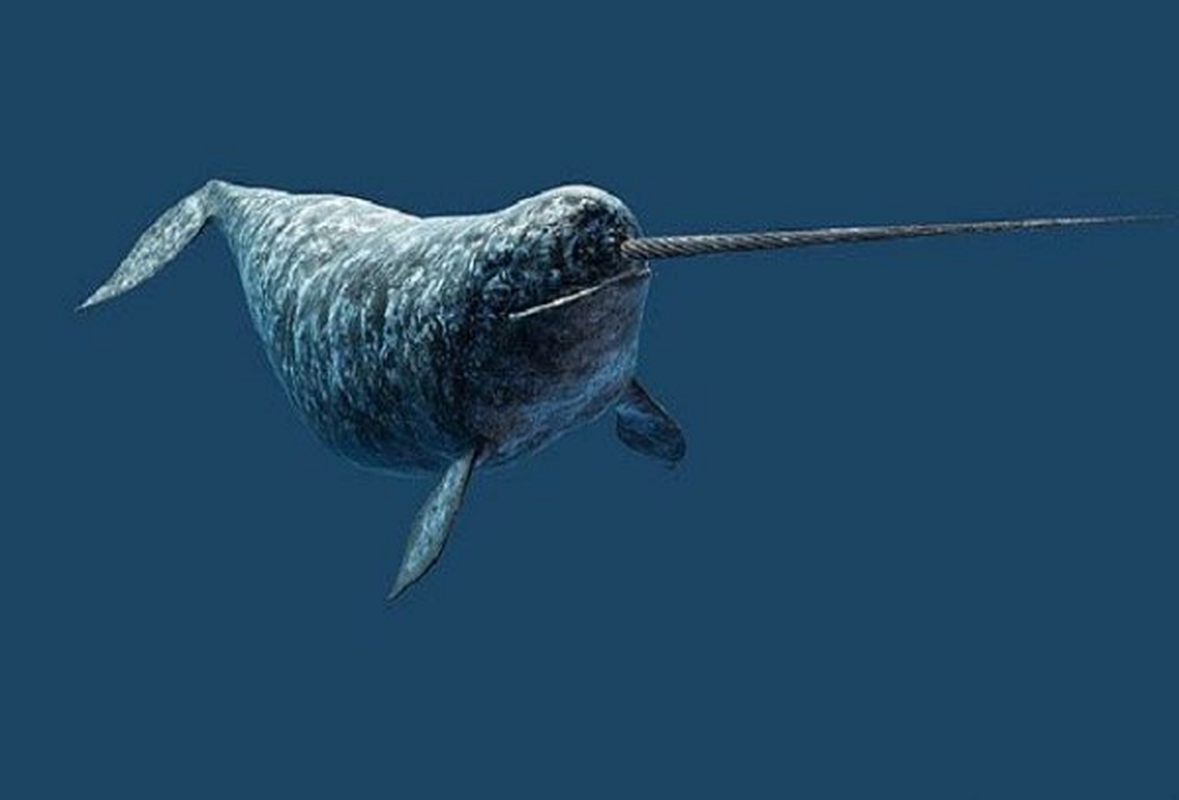
Queen Elizabeth I (1533-1603) once paid the equivalent of a castle to own rare narwhal tusks. Due to the potential profit, narwhals have been heavily hunted.
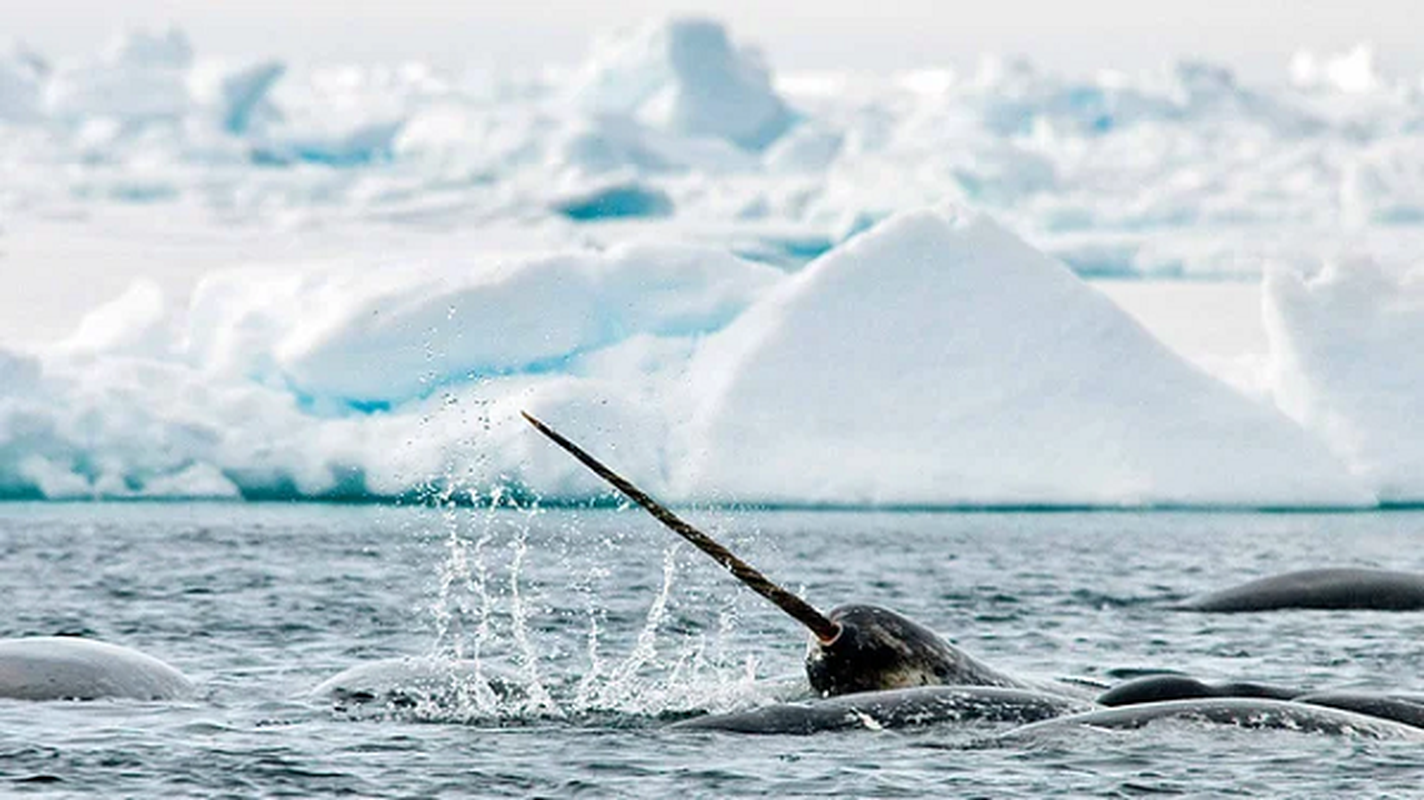
Although the International Union for Conservation of Nature (IUCN) does not classify narwhals as immediately endangered, the 75,000 individuals alive today in the wild are still potentially threatened.
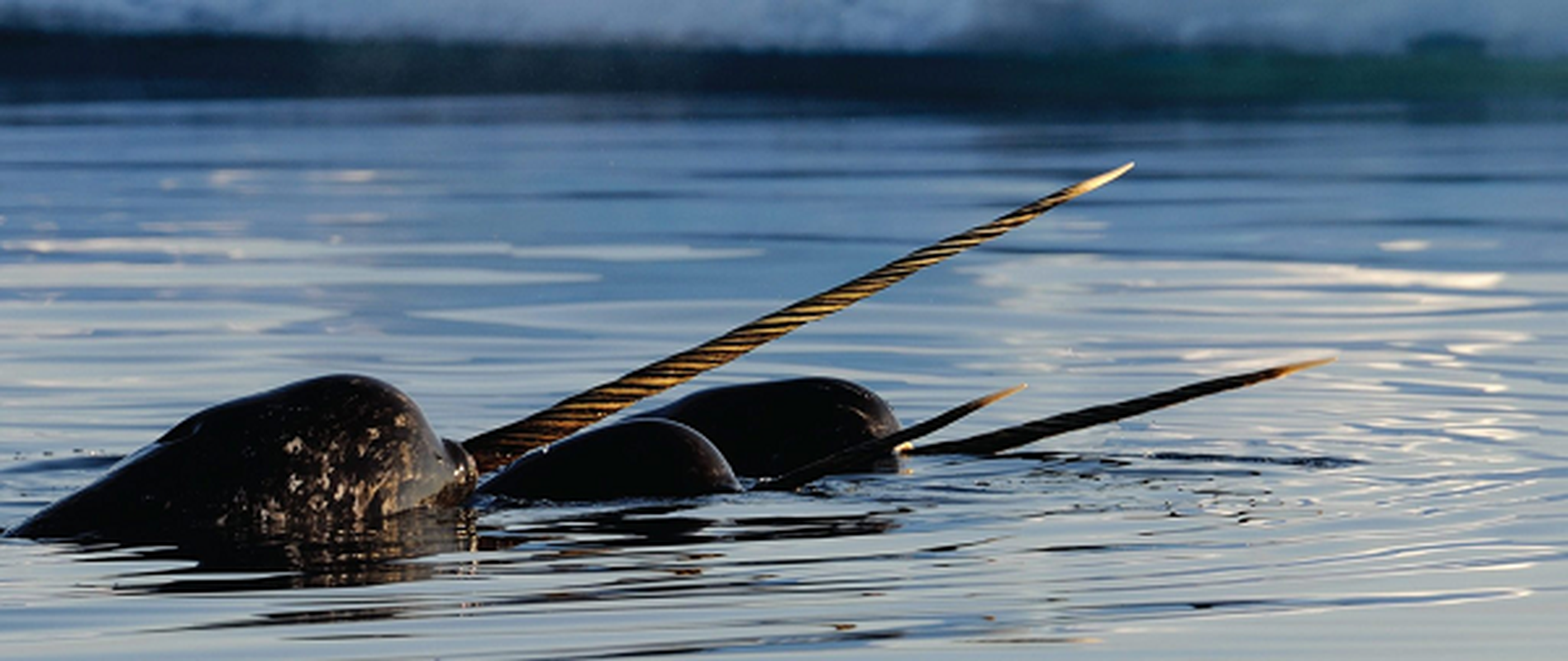
Furthermore, this animal is affected by global warming. As the Earth warms, the reduction in lower Arctic sea ice cover makes narwhals more vulnerable to both human hunting and natural predators such as killer whales, polar bears, walruses, and Greenland sharks.
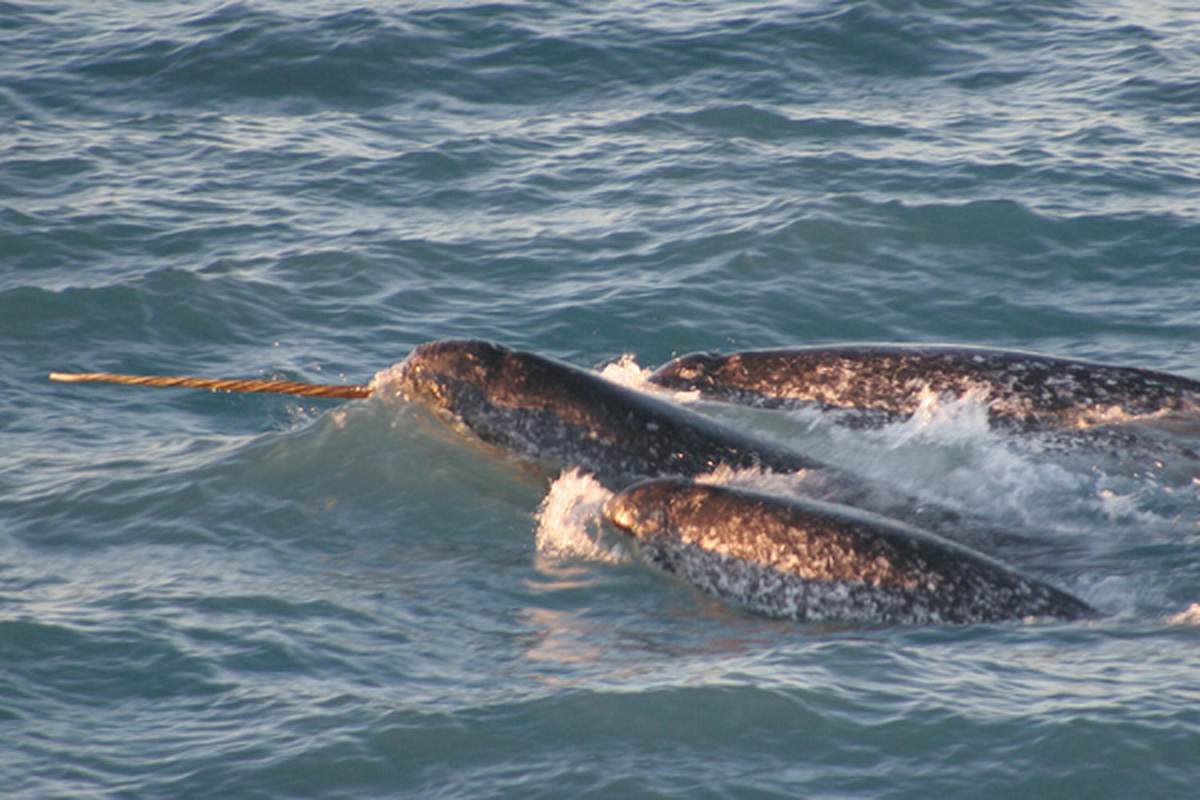
Narwhals can live up to 50 years. They utilize ice cover or stay submerged underwater for long periods to evade predators instead of fleeing. Natural enemies of narwhals include polar bears, walruses, killer whales, and Greenland sharks.
